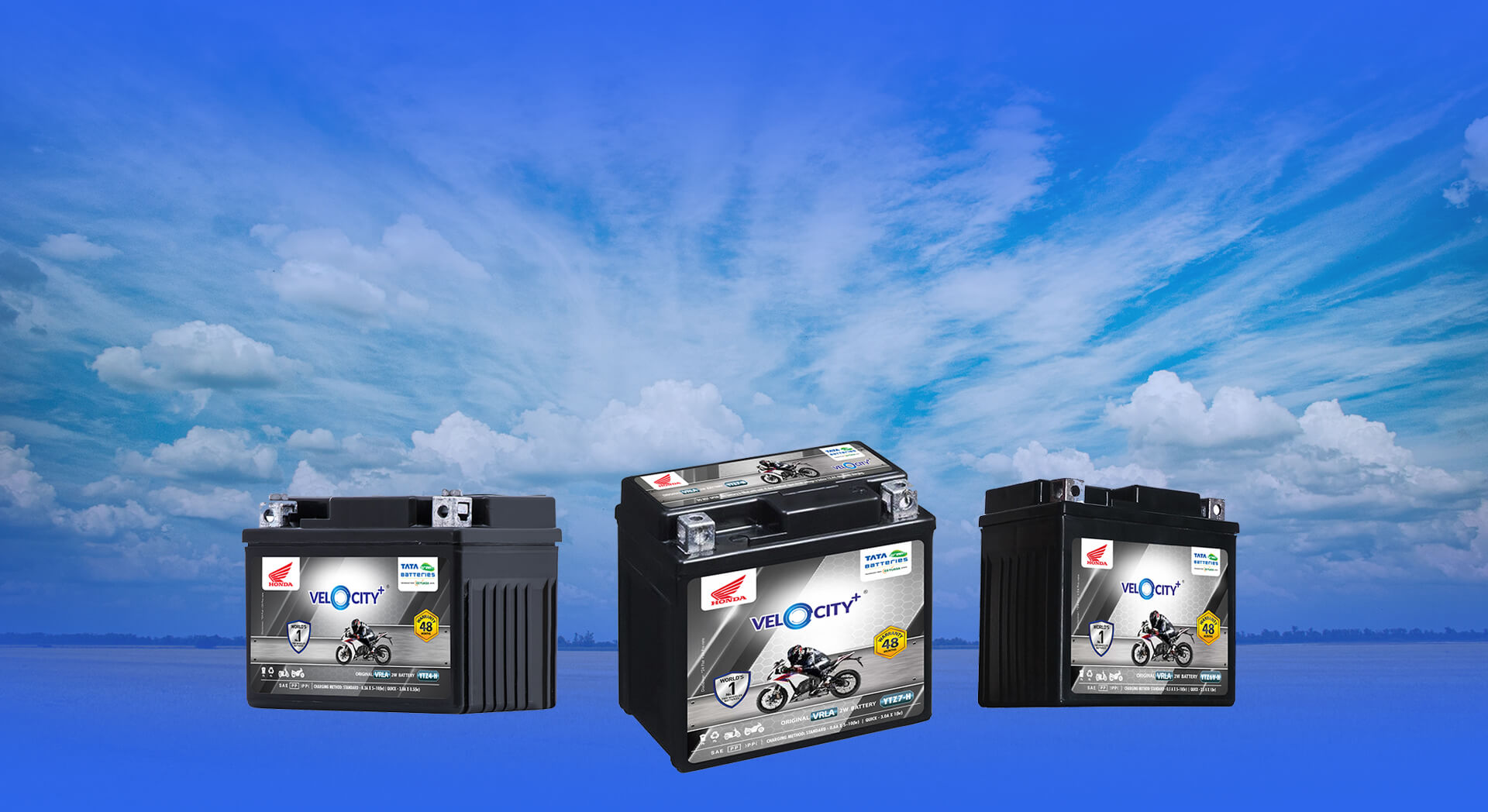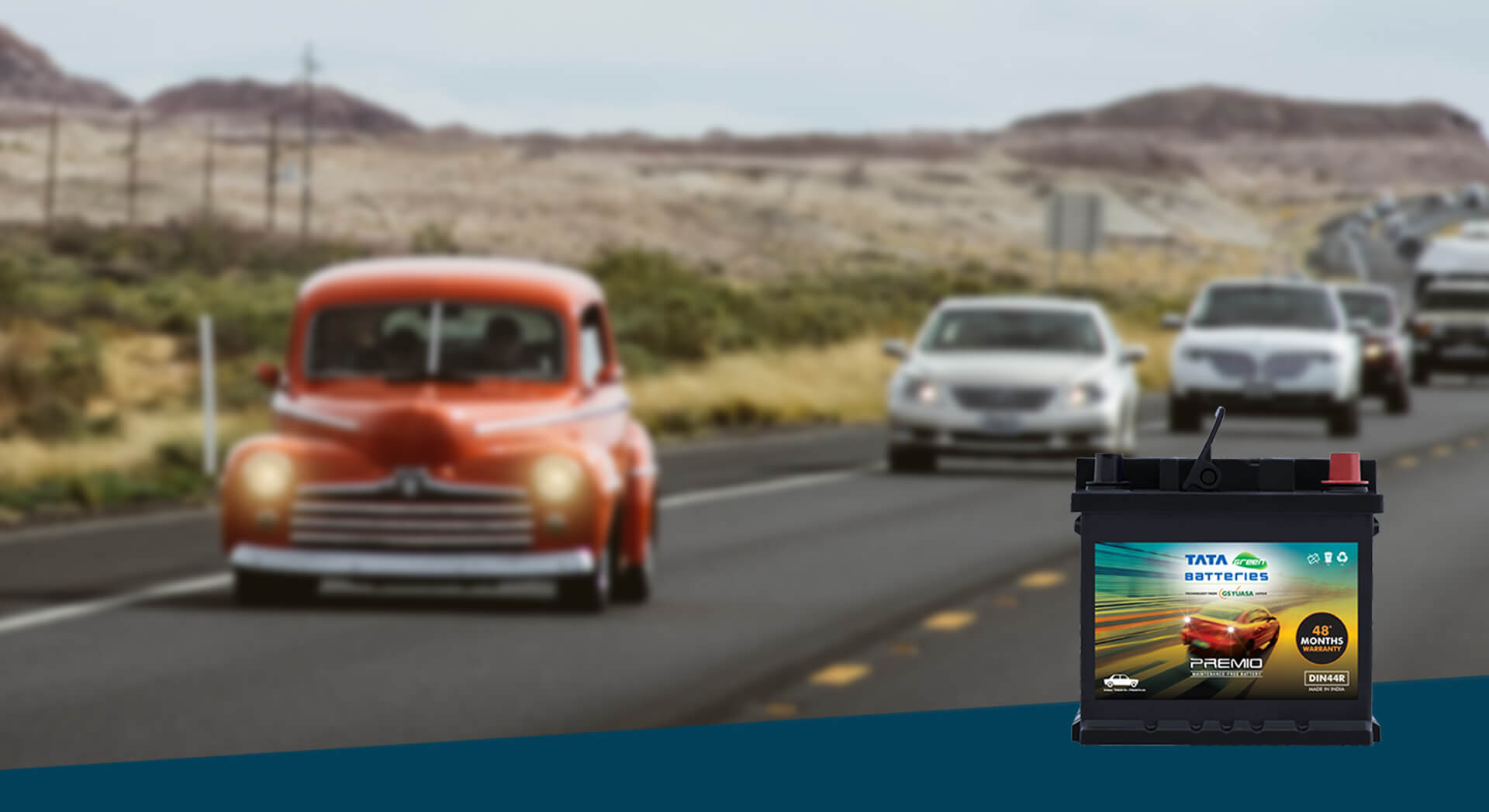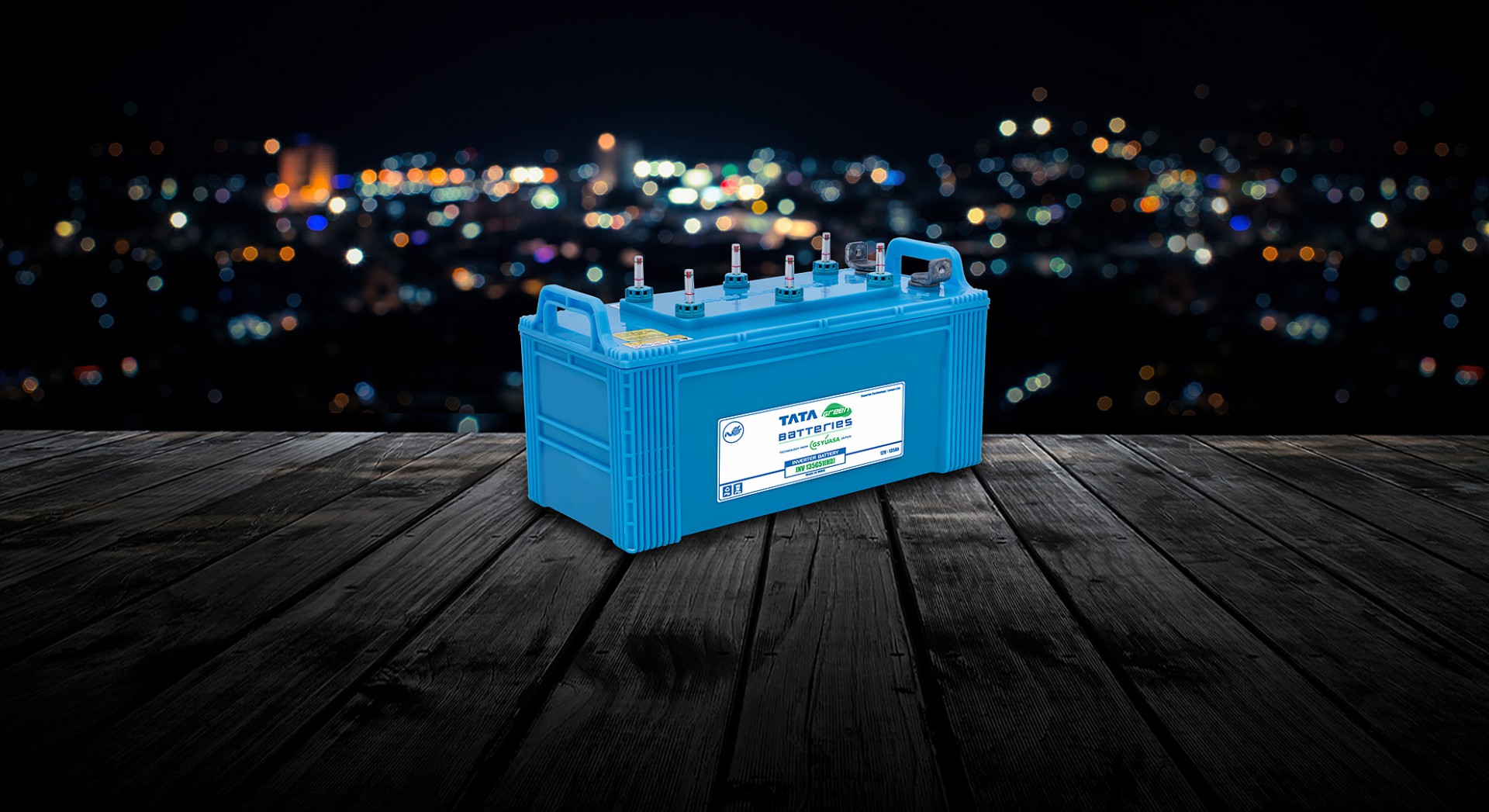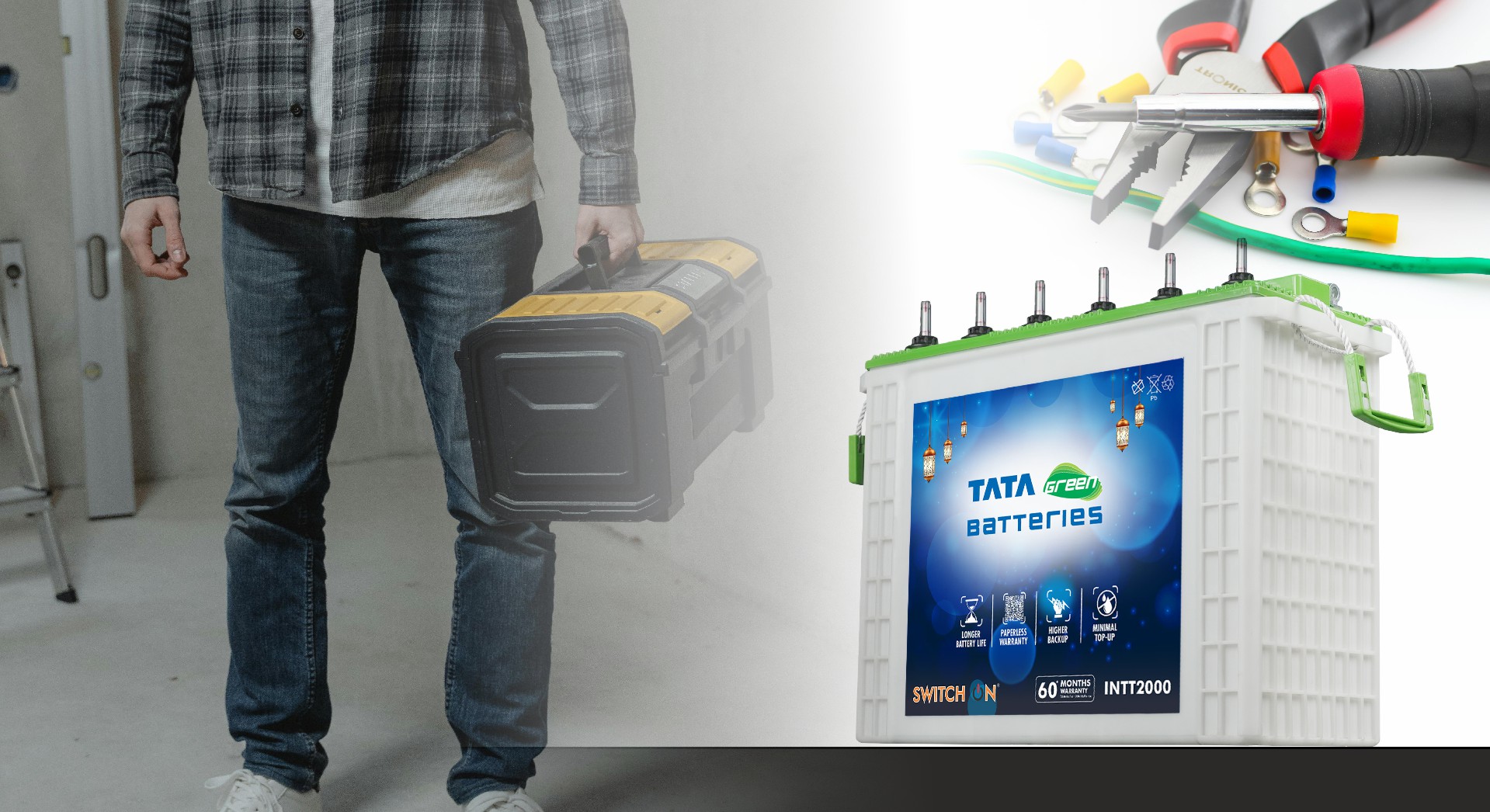You may be using a variety of electronic devices and electrical equipment at home every day, and you would know that these devices rely on one more critical element to operate smoothly and serve their intended purpose – a battery. Without a battery, these devices and equipment may not work and may render them useless to you.
The battery is a device that essentially stores and supplies electrical energy. It converts chemical energy into electrical energy and powers the device in which it is used. Batteries are used in various devices, including cars, bikes, inverters, laptops, UPS (Uninterruptible Power Supply) systems, toys, and more.
There are various types of batteries used in different applications, each tailored to meet the specific requirements and specifications of the application. In the guide, we examine the differences between the two most common types of batteries: inverter batteries and car batteries. Read on!
What is an inverter battery?
An inverter battery is a type of battery that is specifically designed to supply electric power to home appliances during a power outage. The inverter battery is also sometimes referred to as a backup battery since it provides backup power. One of the highlights of this type of battery is that it is specially designed to charge and discharge with the help of an inverter or a UPS.
In a nutshell, an inverter battery is a storage device that stores electrical energy to be used during a power outage, allowing appliances to continue running.
What is a car battery?
A car battery, also known as an automobile battery, is specifically designed for use in cars and powers the vehicle’s electronic systems. Like the inverter battery, the car battery is also rechargeable, meaning that once it discharges all its power, it can be recharged again.
There are different types of car batteries, and different types of cars use different types of batteries. However, one of the most widely used types of car batteries worldwide is the lead-acid battery. It performs two important functions – starting the car engine and powering the lights, music system, air conditioner, and other accessories.
Now that you know what a car battery and an inverter battery are, let us understand the differences between them. The following comparison table of car batteries vs. inverter batteries will provide a clearer understanding.
| Point of Difference |
Car Battery |
Inverter Battery |
| Purpose |
A car battery is specially designed to power the car engine and other electrical components, such as the air-conditioning system and music system. |
It is mainly designed to provide backup power when there is a power outage, and it can be used to power your home appliances like a fan, tube light, etc., |
| Voltage Range |
Car batteries also come in different voltage ranges from 12 to 14.5 Volts. As a car owner, you must be aware of the exact battery voltage requirement for your car and choose the right one accordingly. |
The inverter batteries come in different voltage ranges, i.e., from 12 V to 120 V, and you can use the one to suit your specific needs and the number of appliances you want to power. |
| Charging time |
Unlike an inverter battery, a car battery can be recharged to its full potential more quickly. |
As compared to a car battery, the inverter battery takes a longer time to recharge to its full capacity. |
| Also called as |
It is also known as an automobile battery. |
It is also commonly referred to as UPS or a backup battery. |
| Maintenance requirements |
Car batteries need relatively less maintenance. However, it is better to check the connection and fluid levels of the battery at least once every three months. This will help identify any potential issues and fix them before they become major and costly issues, potentially damaging your car. |
The inverter battery requires regular maintenance. Make sure that you install the battery in a safe place in the house and keep it and the area around it clean. This will help in keeping the battery performing well for a long time. |
| Size |
Car batteries are specially designed to have a compact shape, allowing them to fit in a limited space in the car. |
The inverter battery can be of different sizes; it may vary based on its capacity and the manufacturer of the battery. Typically, the inverter batteries with a higher voltage range and power capacity are bigger in size. |
| Charging methods |
The car batteries are charged by the car alternator, driven by the engine. |
You can easily charge the inverter battery at home using the main power source through a UPS system. |
Conclusion
So, there you go, there are more than one difference between a car battery and an inverter battery. These batteries have various applications, designs, and engineering specifications, serving different purposes. Hence, it is advisable that you avoid confusion between the two and refrain from using these batteries interchangeably.
And if you’re looking for the best automobile battery for your car, be sure to check out the wide range of options available at Tata Green Batteries. Our batteries are of top-notch quality, promising superior performance and offering a perfect solution for your car. Also, the batteries come with a high warranty and require ultra-low maintenance.










